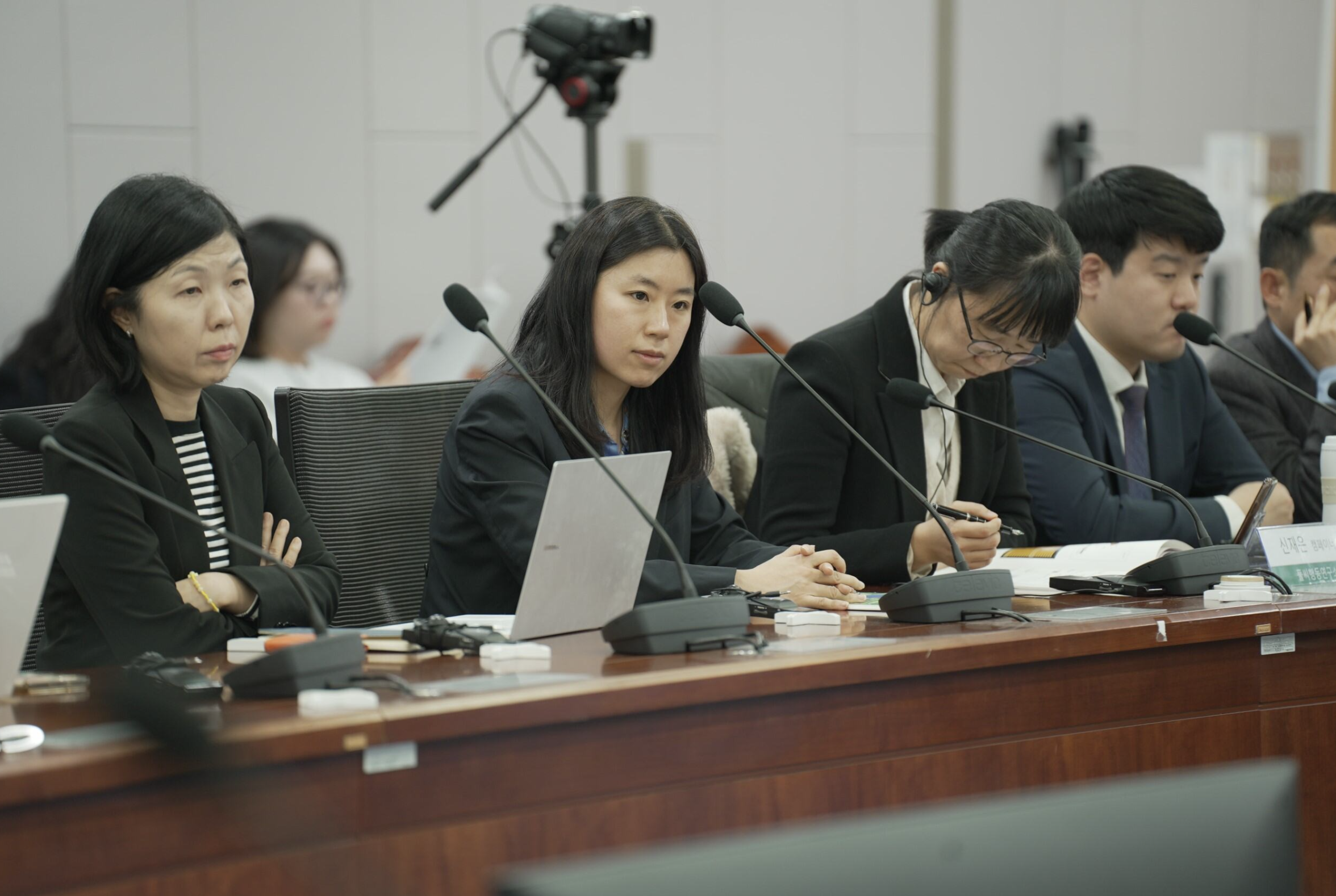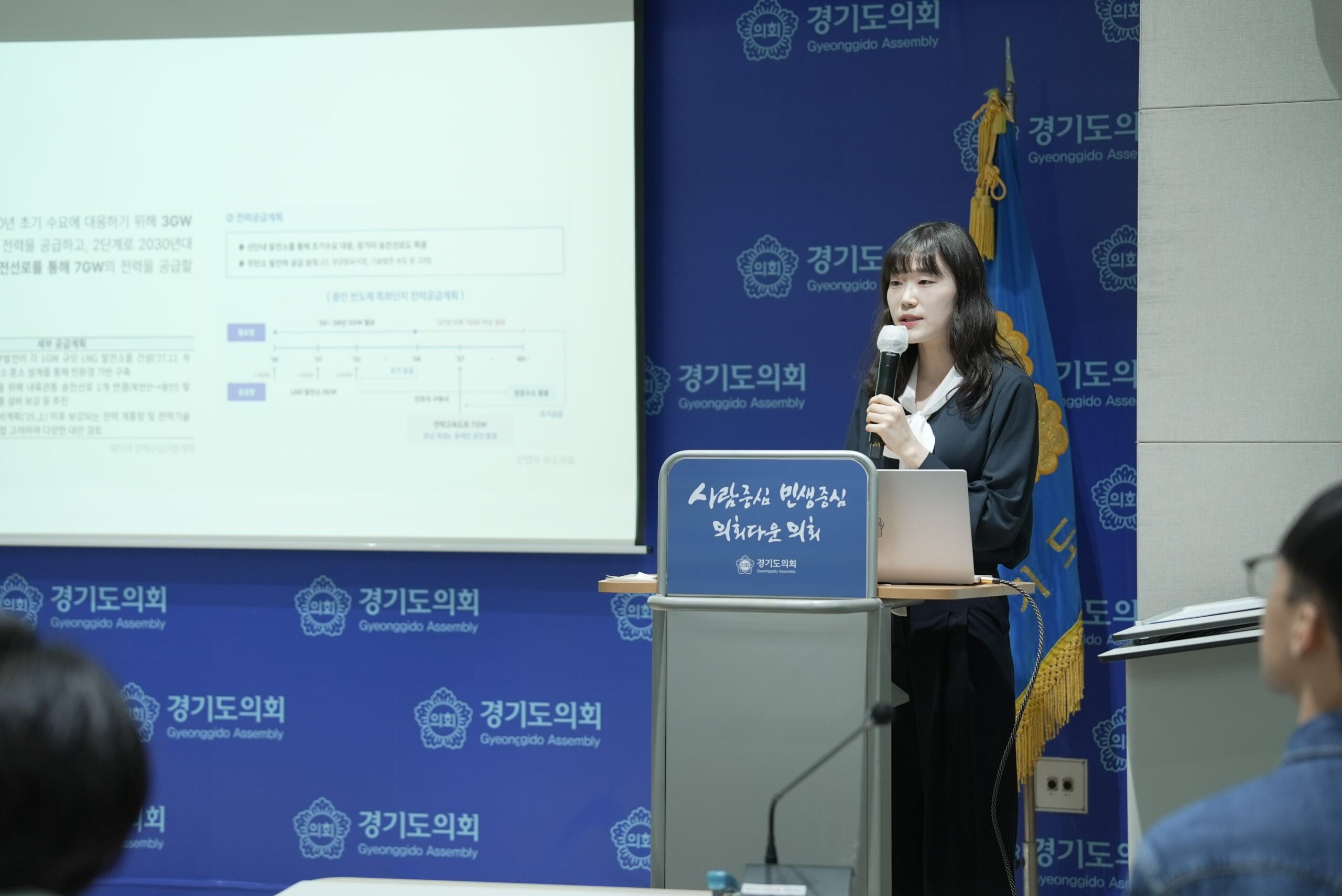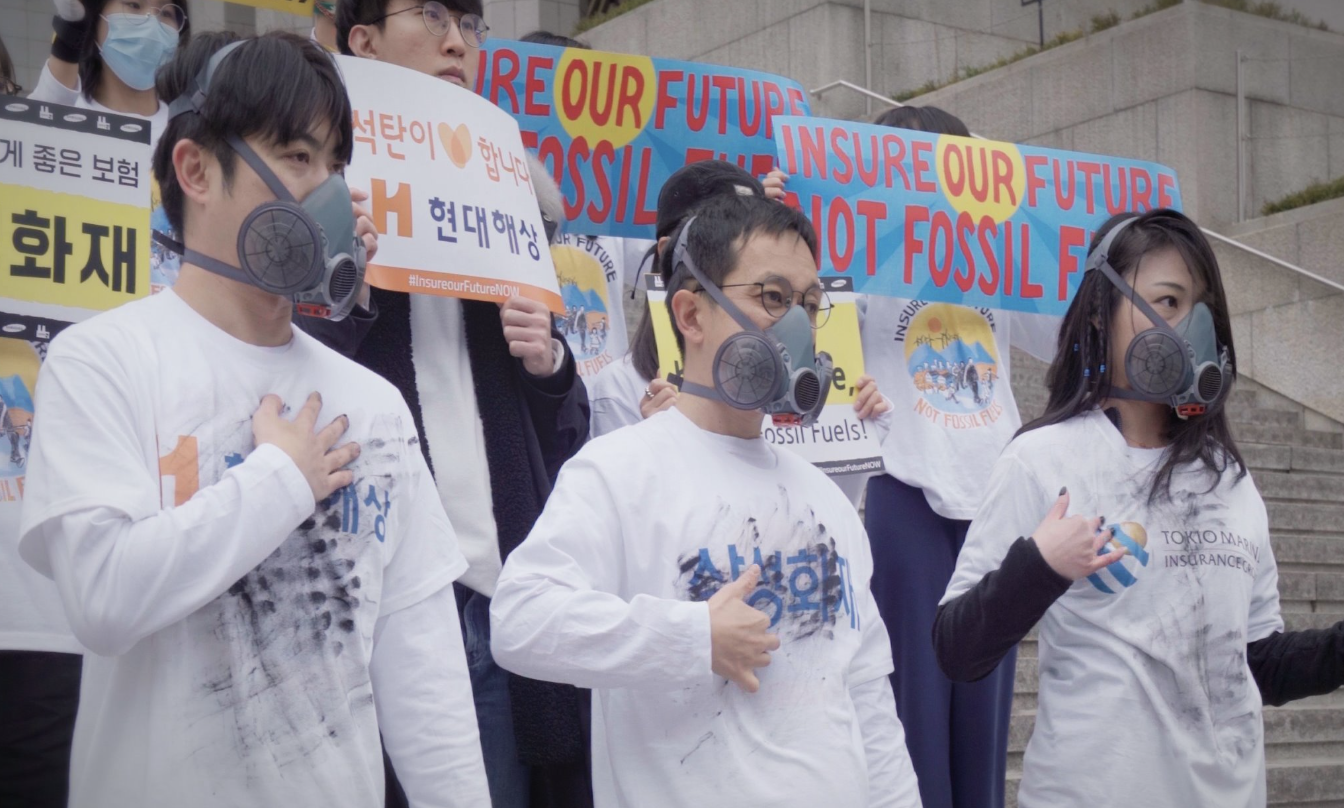
About
This report was prepared by Earth Insight, Auriga Nusantara, Forest Watch Indonesia, Solutions for Our Climate, Trend Asia, and Mighty Earth. Acknowledgements go to Jenn Tierney for lead authorship of the report. Additional data analysis and field investigations in Indonesia led by Timer Manurung (Auriga Nusantara) and Agung Ady Setyawan (Forest Watch Indonesia). Timer Manurung (Auriga Nusantara), Hansae Song (Solutions for our Climate), Agung Ady Setyawan (Forest Watch Indonesia), Sayoko Iinuma (Global Environmental Forum), Amalya Oktaviani (Forest Watch Indonesia), and Amanda Hurowitz (Mighty Earth) provided strategic direction and framing of the report. Edith Espejo (Earth Insight) managed the coordination and production of the report and Chris Chromey led report design. Florencia Librizzi and Jennifer Borg provided additional comments and legal guidance. Thank you to Bart Wickel and Tiffany Hsu for map creation and metrics (Earth Insight).
Download report
Executive summary
Indonesia is home to some of the Earth's most biodiverse and carbon-rich forests, and 50 to 70 million Indigenous people who rely on these intact ecosystems for their survival. Yet burning wood in biomass power or "co-fired" in coal power plants could bring Indonesia’s forests to an "irreversible point" by 2040. Carbon reduction policies that divert public dollars from solar and wind into biomass energy threaten forests and biodiversity across Southeast Asia.
A letter signed by more than 500 scientists and economists in 2021 warned that the European Commission’s mandate to increase renewable energy by 20% and treat biomass as a carbon neutral power source would “create a model that encourages tropical countries to cut more of their forests.”
Three years later, their prediction is unfolding across Southeast Asia. Last year, South Korea and Japan were the primary actors driving growth in global demand for wood pellets. In 2023, Asia experienced 20% year-on-year growth in wood pellet demand, led by Japan and South Korea. In 2022, Japan and South Korea imported the most wood pellets outside of Europe with 4.4 million tonnes and 3.9 million tonnes, respectively.
Their dire warning is illustrated in this preliminary assessment of threats to Indonesia’s forests from co-firing coal plants, energy plantation forest concessions, and wood chip and pellet mill haul zones. Under Indonesia’s energy transition plans, biomass will generate 19.7 TWh by 2025, the majority of which (64.5%) will come from co-firing in coal plants. Forests designated as “energy plantations” are expected to supply half of what is needed. The country’s forests face unprecedented threats from the industrial scale projected for biomass demand.
Burning wood for energy in Indonesia, Japan and South Korea is a threat to bio-diverse tropical forests across Southeast Asia
Subsidy programs in South Korea and Japan have radically expanded demand and production of wood pellets and chips from forests across Southeast Asia.
An analysis of wood pellet imports found a direct causal relationship between Southeast Asian wood pellet production and South Korea’s renewable energy policy. From 2012 to 2021, Vietnam’s total wood pellet production grew from 50 thousand tonnes to 3.5 million tonnes; Malaysia's production jumped from 40 thousand tonnes to 710.0 thousand tonnes, while Indonesia's production increased from 20 thousand tonnes to 330 thousand tonnes., Additional power plant capacity is expected to make Japan the largest wood pellet consumer in the world.
Deforestation Threats from Wood Energy in Indonesia
Wood pellet demand in South Korea and Japan is spurring a fast-growing, nascent forest energy industry in Indonesia. As seen in the graph below, the two countries combined bought more than 99% of Indonesia’s wood pellet exports from 2021 to 2023. In this time frame, Indonesia’s wood pellet exports to South Korea jumped from 49.8 tonnes to 68,025.1 tonnes; exports to Japan rose from 54 tonnes to 52,734.7 tonnes.

Our haul zone threat assessment shows that both chip mills and co-firing plants represent a significant threat to Indonesian forests and biodiversity as seen in the figures below:

Indonesia’s 10% co-firing mandate poses a threat to 10 million hectares of undisturbed cover in wood chip and pellet haul zones. It is estimated that using wood for a 10% reduction in coal at Indonesia’s largest power plants could trigger the deforestation of an area roughly 35 times the size of Jakarta — resulting in CO2 emissions almost five hundred times higher than current levels. This year, six power plants (Paiton 1 & 2, Indramayu, Rembang, Ropa, and Adipala) used wood pellets; another four (Anggrek, Bolok, Tembilahan, and Tarahan) burned wood chips. The country’s 2021-2030 electricity strategy projects demand for 8.05 million tonnes of biomass for co-firing by 2030. New power plants are being designed to burn up to 30% biomass.

Energy Plantation Forests
In order to meet projected domestic and foreign demand for woody biomass, forest energy “estates” have emerged as another industrial pressure on forests that need restoration and protection. Our estimates show that there are currently more than 400,000 hectares of undisturbed tropical forest in more than 1.2 million hectares of energy plantation forests in Indonesia. These threats could expand drastically, unless different energy transition pathways are chosen.Meeting the country’s co-firing mandate could require 10.23 million tonnes of wood pellets a year — an area equivalent to 3.27 million football fields— potentially driving deforestation rates as high as 2.1 million hectares a year.

Gorontalo: A Troubling Example of Forest Loss, Not Climate Solutions
Gorontalo province on the island of Sulawesi is a stopover site for at least 49 migratory bird species where forests are being cleared for export to Japan and South Korea. According to data from the Indonesian NGO Auriga Nusantara, a wood pellet processor, PT Biomasa Abadi, exported 126,441 tonnes from Gorontalo forests last year. There is clear evidence of whole logs being processed into wood pellets for export, which indicates clearance of biodiverse forests.

In a site visit, Auriga documented that in 2023 close to 1,000 hectares of primary forests were cleared for wood pellet exports. This is just the beginning of biodiversity and forest destruction as the wood energy industry takes hold in Indonesia.
This map below shows the extent of deforestation in the area prior to the current spike in forest clearing for pellet processing.

Wood Bioenergy is a False Climate Solution
Biomass power plants emit 50% – 60% more CO2 per megawatt-hour than modern coal plants. The premise that forest biomass is a renewable energy source is based on carbon accounting rules that hide full emissions. In 2022, for example, biomass carbon accounting rules enabled South Korea to shift 5.8mt CO2 of its mitigation burden to other countries, including Vietnam, Indonesia, and Malaysia.
The findings of this preliminary threat assessment reflect not only the risks of the wood pellet and chip trade to Indonesia’s forests but also to other biodiverse forests across the region, particularly in Vietnam and Malaysia, and Cambodia, and possibly Taiwan in the future.
While other Southeast Asian countries, particularly Vietnam, are already exporting massive amounts of wood pellets, Indonesia’s industry is just coalescing. There is still time to consider policies that promote and provide subsidies for true low emission climate solutions, such as wind and solar.
Key findings
More than 10 million hectares of intact tropical forests are at-risk within wood chip and co-firing plant haul zones; inclusive of more than 127 Key Biodiversity Areas
Of more than 1.2 million hectares of forest within energy plantations, 400,000 hectares are undisturbed forest cover; inclusive of over 14 Key Biodiversity Areas that are at-risk
More than 3.9 million hectares of undisturbed forest cover are within the haul zones of co-firing plants, with more than 1.5 million hectares in 104 Key Biodiversity Areas at-risk
More than 4.1 million hectares of orangutan habitat are within the haul zones of chip mills and co-firing plants
Field investigations document massive forest impacts where forests once stood near a wood pellet plant and show more than a thousand hectares of primary forest were cleared last year for wood pellet exports to South Korea and Japan In Gorontalo; community opposition is emerging here and elsewhere







![[Webinar] International webinar on enhancing due diligence of forest risk commodities' supply chains in Asia](https://content.sfoc.tapahalab.com/images/research/sjGudme.jpg)



![[토론회] 한국형 녹색분류체계(K-Taxonomy), 무엇이 녹색경제활동인가](https://content.sfoc.tapahalab.com/images/research/bn8jdme.jpg)

![[Webinar] Palm Oil based Biofuels Policy and Socio-Environmental Impacts in Asia](https://content.sfoc.tapahalab.com/images/research/BOpldme.jpg)






